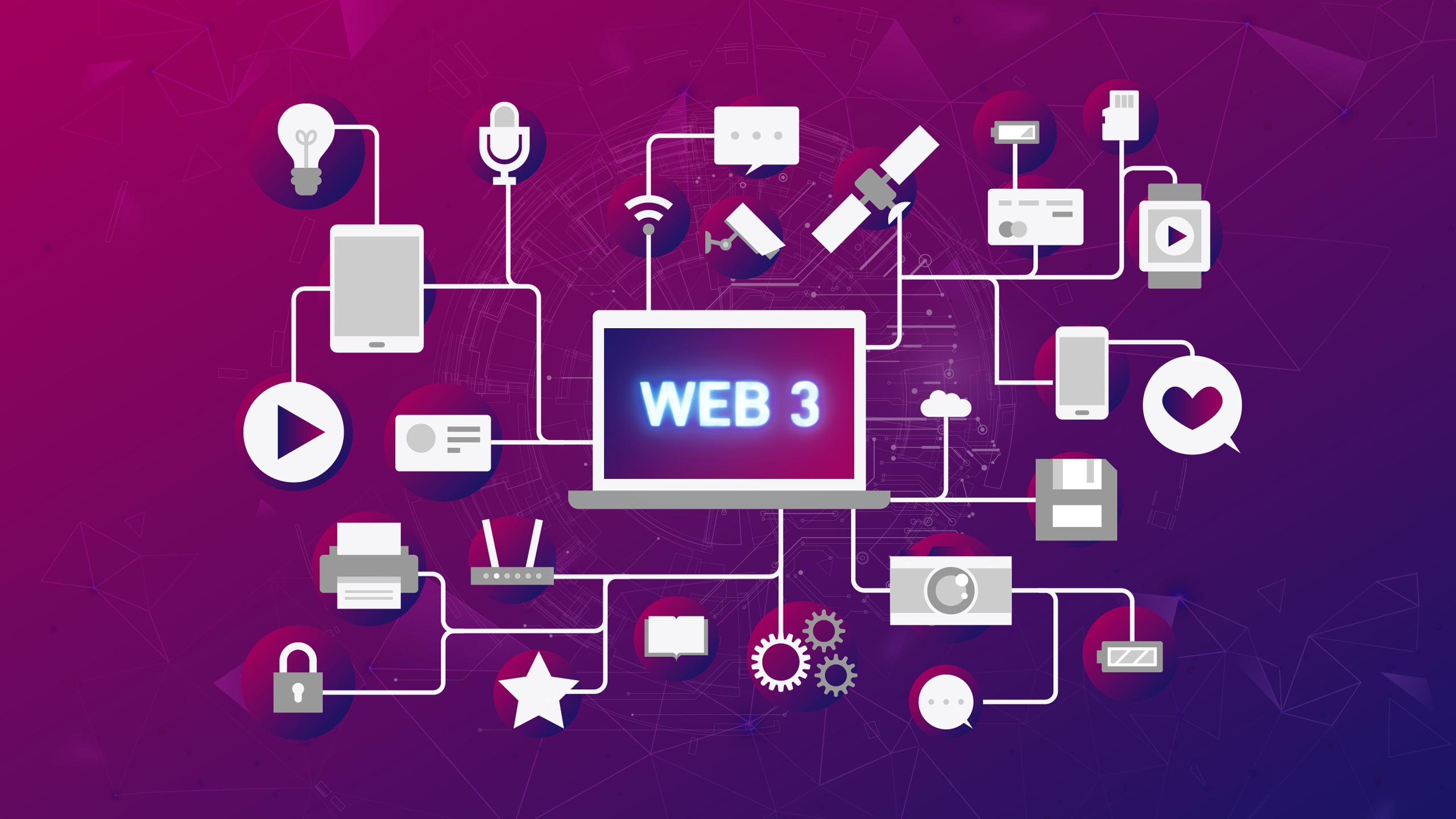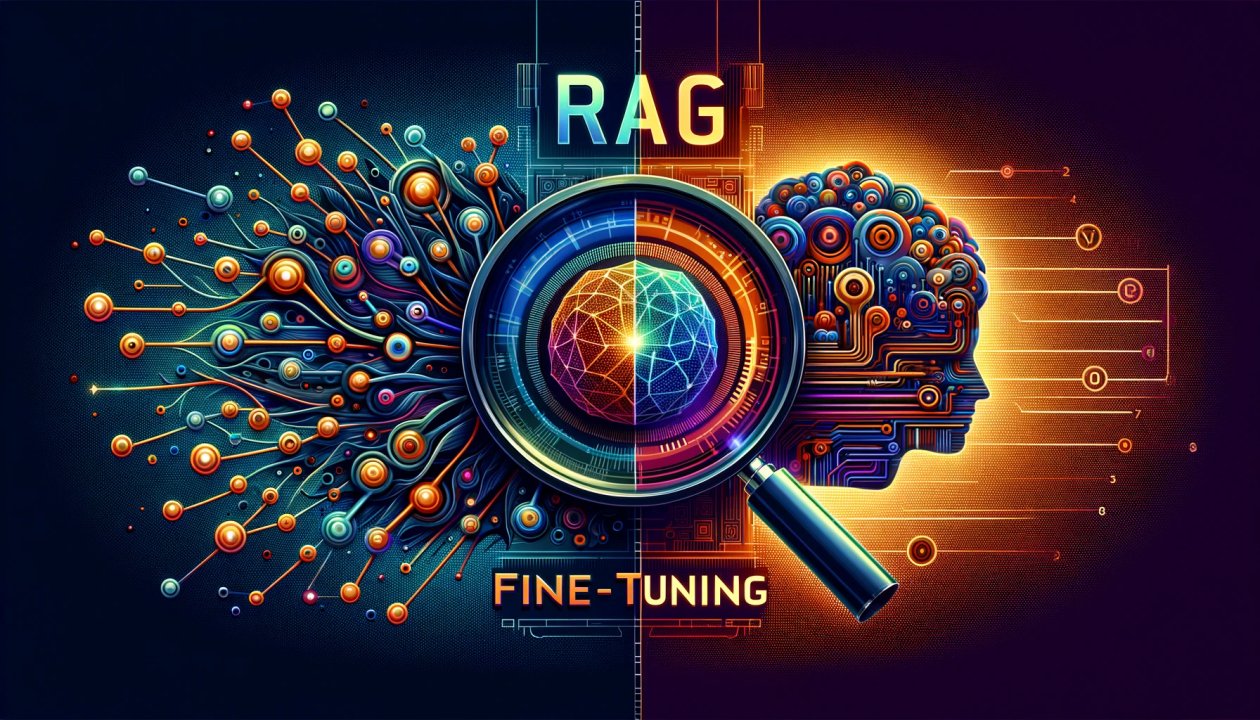Web3 represents the next phase of the internet, fundamentally changing how we interact with digital technologies. This new paradigm aims to decentralize the web, giving more control to individuals rather than centralized entities.
Web3 represents the next phase of the internet, fundamentally changing how we interact with digital technologies. This new paradigm aims to decentralize the web, giving more control to individuals rather than centralized entities.
Web3, also known as the decentralized web, is built on blockchain technology. It introduces concepts like decentralization, token-based economies, and user sovereignty. Unlike the traditional web (Web2), where data and applications are controlled by centralized servers, Web3 leverages distributed networks, ensuring data is more secure and private.

Core Features of Web3
In Web3, data is stored across multiple nodes in a network rather than on centralized servers. This reduces the risk of data breaches and censorship.
Web3 introduces digital tokens, which can represent ownership or participation in a decentralized network. These tokens are often used as incentives for users to contribute to the network.
Web3 empowers users with control over their data and digital identities. Through cryptographic keys, individuals can manage their own information without relying on third parties.
Importance of Web3
Web3 holds significant potential to transform various industries. Its impact can be seen in several areas:
Enhanced Security and Privacy
With decentralized storage, user data is less vulnerable to hacking. Personal information is not stored in centralized databases, reducing the risk of large-scale data breaches.
New Economic Models
Web3 enables new business models through token economies. For example, creators can monetize their content directly through decentralized platforms, bypassing traditional intermediaries.
Increased Transparency
Blockchain technology, a backbone of Web3, offers transparent and immutable records. This is particularly beneficial in supply chain management, where every transaction can be tracked and verified.

Web3 in Practice
Decentralized Finance (DeFi)
One of the most prominent applications of Web3 is DeFi. It allows users to engage in financial activities like lending, borrowing, and trading without intermediaries.
Key Benefits of DeFi:
- Accessibility: DeFi services are available to anyone with an internet connection, bypassing traditional banking barriers.
- Transparency: All transactions are recorded on a public ledger, increasing trust and security.
- Innovation: DeFi platforms continuously evolve, introducing new financial products and services.
Digital Identity
Web3 redefines digital identity management. Users can create self-sovereign identities, controlling their personal information and deciding what to share and with whom.
Advantages of Web3 Digital Identity:
- Privacy: Users have complete control over their data.
- Security: Reduced risk of identity theft as data is not stored in centralized databases.
- Interoperability: Digital identities can be used across multiple platforms without needing multiple logins.
Web3 Applications
Several innovative applications are built on Web3 technologies. The Dollet app, for instance, is an emerging tool leveraging Web3 to offer enhanced financial services. It provides users with decentralized solutions, ensuring higher security and better control over their financial transactions.
Features of Dollet App:
- Secure Transactions: Leveraging blockchain for secure and transparent financial dealings.
- User Control: Empowering users with full control over their funds.
- Decentralized Access: Removing intermediaries, reducing costs, and increasing efficiency.
Challenges of Web3
Despite its potential, Web3 faces several challenges:
Scalability
Current blockchain networks struggle with scalability, affecting transaction speeds and costs. Solutions like layer 2 protocols are being developed to address this.
Potential Scalability Solutions:
- Layer 2 Protocols: Offloading transactions from the main blockchain to improve speed and reduce costs.
- Sharding: Dividing the blockchain into smaller, more manageable pieces.
- Optimized Consensus Mechanisms: Developing more efficient methods for validating transactions.
User Experience
Web3 applications often have complex interfaces that can be daunting for non-technical users. Simplifying the user experience is crucial for broader adoption.
Improving User Experience:
- Intuitive Interfaces: Designing user-friendly interfaces for easier navigation.
- Educational Resources: Providing tutorials and guides to help users understand Web3.
- Community Support: Building supportive communities to assist new users.
Regulatory Uncertainty
The regulatory landscape for Web3 is still evolving. Governments are grappling with how to regulate decentralized systems while fostering innovation.
Navigating Regulatory Challenges:
- Compliance: Working with regulators to ensure compliance with existing laws.
- Advocacy: Promoting the benefits of Web3 to policymakers.
- Self-Regulation: Developing industry standards to enhance trust and reliability.
The Future of Web3
Web3 is still in its early stages, but its potential is immense. As technology evolves, we can expect more seamless integration of Web3 principles into everyday digital interactions. The Dollet app is a glimpse into the future, showcasing how Web3 can revolutionize financial services.
Predicted Developments in Web3:
- Mainstream Adoption: As user experience improves, more people will adopt Web3 technologies.
- Interoperability: Different Web3 platforms will become more interconnected.
- Innovation: Continuous development of new applications and services built on Web3.
Conclusion
Web3 is set to transform the digital landscape, bringing decentralization, enhanced security, and new economic models. While challenges remain, the continuous development and adoption of Web3 technologies promise a more user-centric and secure internet.
Key Takeaways
- Web3 is the next phase of the internet, focused on decentralization and user sovereignty.
- Blockchain technology underpins Web3, providing enhanced security and transparency.
- Applications like DeFi and digital identity management showcase Web3’s potential.
- Challenges such as scalability and regulatory uncertainty need to be addressed for broader adoption.
Web3 represents a significant shift from the current internet model, offering a more secure, private, and user-centric digital environment. Embracing Web3 could lead to groundbreaking advancements across various industries, making it a crucial area to watch in the coming years.
The primary difference lies in decentralization. Web2 relies on centralized servers, while Web3 leverages blockchain technology to distribute data across a network of nodes, enhancing security and user control.
Web3 enhances security by decentralizing data storage, making it harder for hackers to breach a single point of failure. Additionally, blockchain technology provides transparent and immutable records of all transactions.
Absolutely. Web3’s principles of decentralization, transparency, and user control can benefit various industries, including supply chain management, healthcare, real estate, and digital identity management.



